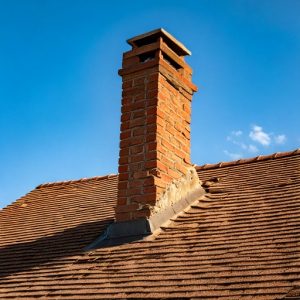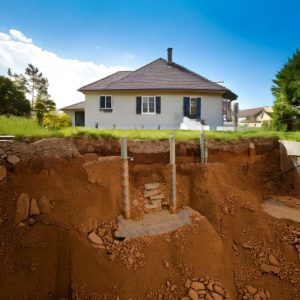Historical homes are a treasure trove of architectural beauty, craftsmanship, and charm. However, their age often brings unique challenges, especially when it comes to foundation stability. Over the years, these homes have weathered shifting soils, changing climates, and evolving construction methods. Understanding how historical homes handle foundation issues can provide valuable lessons for preserving the stability and integrity of all homes, old or new.
Challenges Unique to Historical Homes
1. Outdated Construction Methods
Many historical homes were built using construction techniques and materials that don’t meet modern engineering standards. Foundations made of stone, brick, or wood were common, but these materials are often less durable and more susceptible to damage from moisture, settling, and soil shifts.
2. Evolving Soil Conditions
Over decades or even centuries, the soil beneath a historical home can undergo significant changes. Erosion, urban development, and fluctuating water tables can all contribute to foundation instability.
3. Lack of Modern Drainage Systems
Proper drainage systems, like gutters and French drains, were often absent in historical construction. This has left many older homes vulnerable to water damage and shifting foundations caused by saturated soil.
4. Preservation Restrictions
Maintaining the historical integrity of a home can complicate foundation repairs. Many owners are required to adhere to strict preservation guidelines, which may limit the methods or materials that can be used for repairs.
How Historical Homes Have Adapted
1. Retrofitting with Modern Technology
One of the most effective ways historical homes handle foundation issues is through retrofitting. This involves integrating modern materials and techniques, such as steel piers or reinforced concrete, to stabilize the foundation without compromising the home’s character.
2. Creative Use of Original Materials
In some cases, original materials like stone or brick are repurposed during repairs to preserve the home’s historical aesthetic. For example, cracks in a stone foundation might be repaired using custom-matched mortar to maintain its appearance.
3. Drainage Improvements
To combat the lack of original drainage systems, many historical homes have had modern systems added, such as exterior waterproofing membranes, sump pumps, and grading adjustments to direct water away from the foundation.
4. Proactive Maintenance
Owners of historical homes often invest in regular inspections and maintenance to catch potential foundation issues early. This includes monitoring cracks, addressing drainage problems, and managing vegetation near the home.
Lessons from Historical Homes
1. Prioritize Preventative Measures
Historical homes demonstrate the importance of preventative maintenance. Regular inspections and proactive measures, such as addressing water intrusion or soil movement, can significantly extend the life of a foundation.
2. Adapt to Your Home’s Needs
Just as historical homes are retrofitted with modern solutions, today’s homeowners should consider customized approaches to foundation care. For example, homes built on expansive clay soil may benefit from specific drainage or stabilization systems.
3. Balance Aesthetics and Functionality
Preserving the character of a home doesn’t have to mean sacrificing its stability. Modern techniques can often be blended seamlessly with older construction to maintain a home’s aesthetic appeal while addressing foundation concerns.
4. Respect the Power of Water Management
One of the most common lessons from historical homes is the critical role of water management. Poor drainage can wreak havoc on any foundation, old or new, so ensuring proper grading, gutters, and drainage systems is essential.
Case Study: A Historical Home’s Restoration
A 19th-century farmhouse in Kansas faced severe foundation issues due to erosion and an aging stone foundation. The solution involved carefully lifting the home and reinforcing the original stone with a hidden concrete footing. French drains were installed to improve water management, and the original stone was cleaned and reset to preserve the farmhouse’s historical charm.
This project highlights the blend of modern engineering and historical preservation techniques that can extend a home’s life while respecting its heritage.
Conclusion
Historical homes have stood the test of time, offering invaluable lessons on how to handle foundation issues with creativity and care. From retrofitting modern solutions to prioritizing preventative maintenance, the strategies used to preserve these homes can inform how we approach foundation care in our own properties. By learning from the past, we can ensure that both new and old homes remain strong and stable for generations to come.






